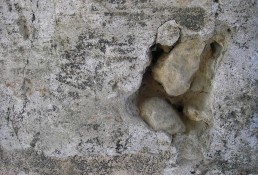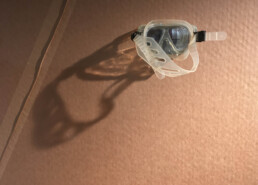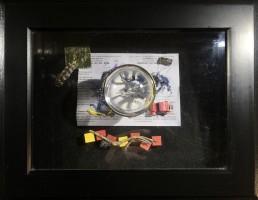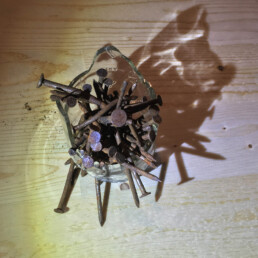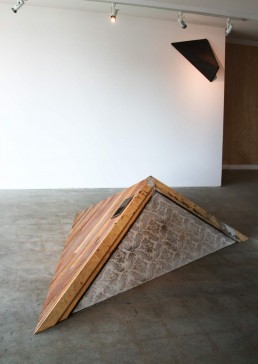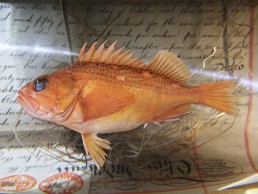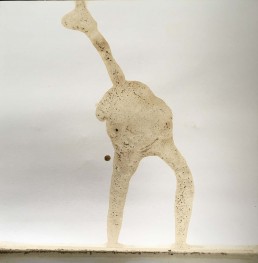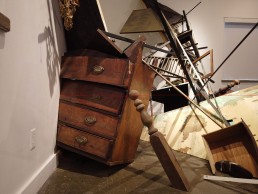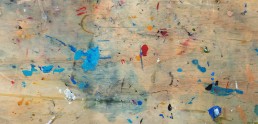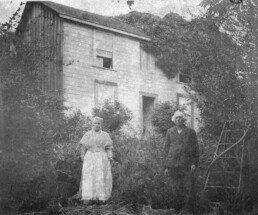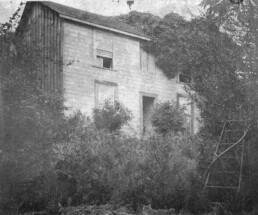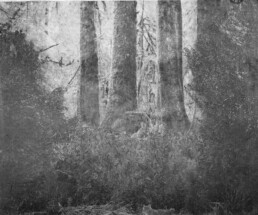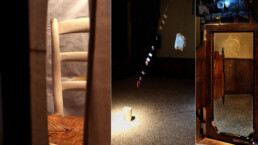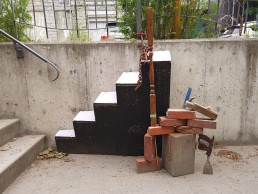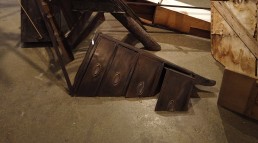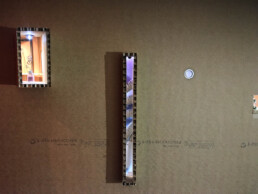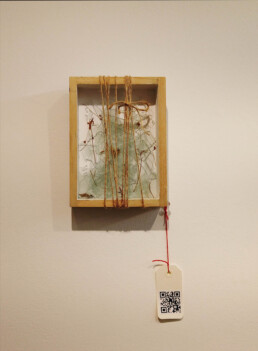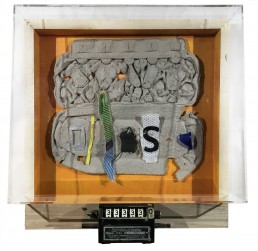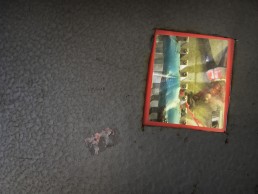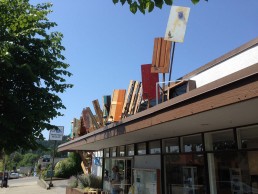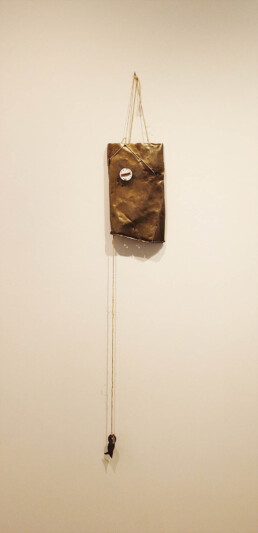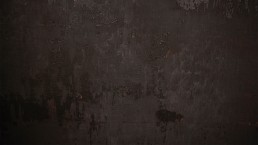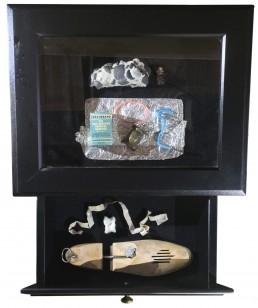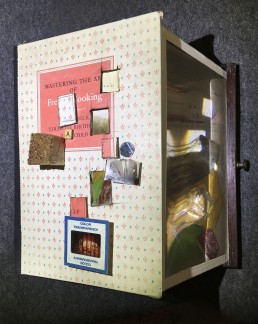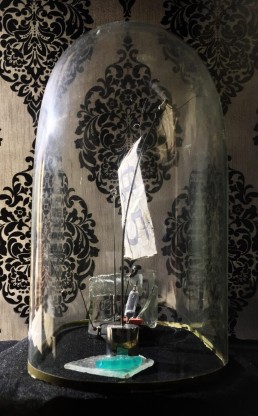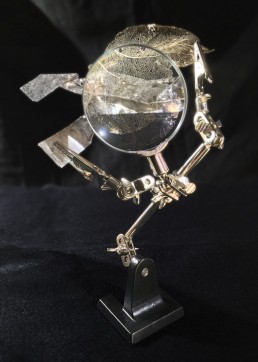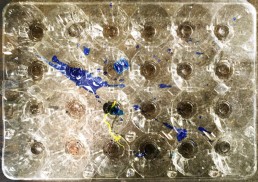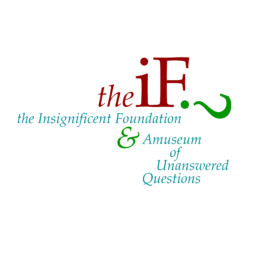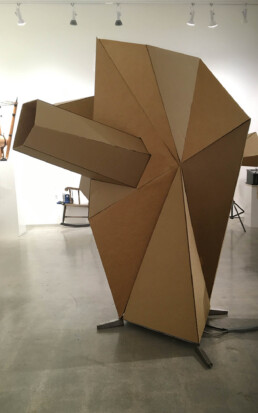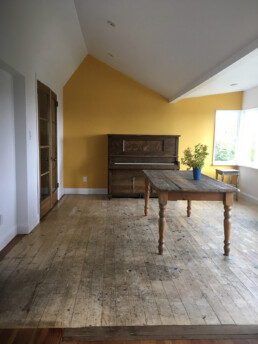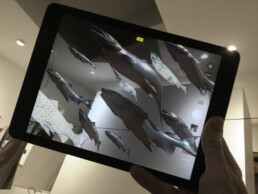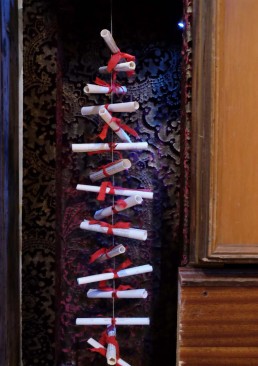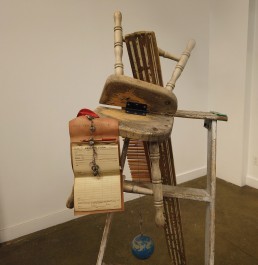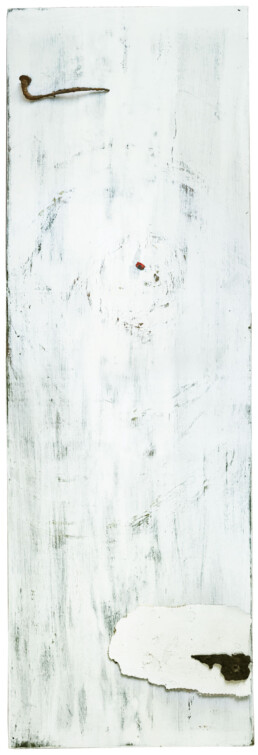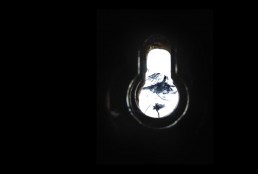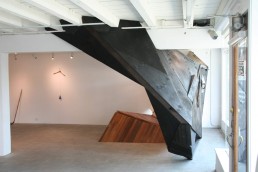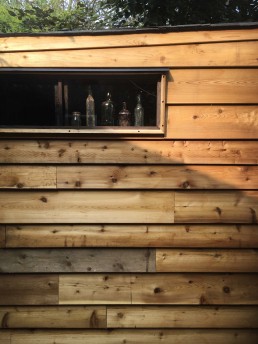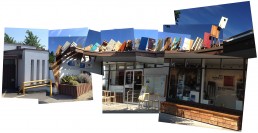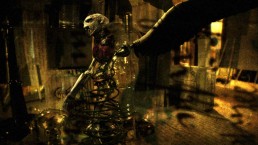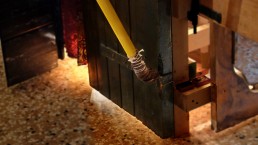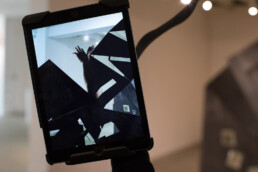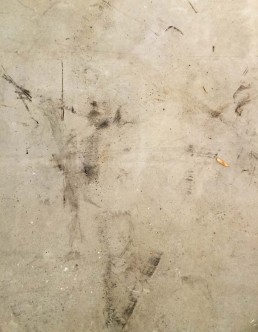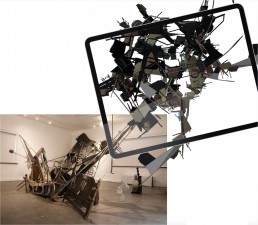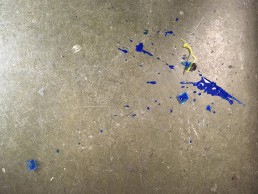“The Insignificant Foundation”, private amuseum, 2021-ongoing
The Insignificant Foundation & Amuseum of Unanswered Questions is an absurdist 21st century Cabinet of Curiosity museum, or wunderkammer, that turns the expectation of a museum upside down, if not inside out. It’s a Neo-Dada, Post Modern, and post-Colonial collection that combines multiple assemblage and mixed media curiosities, various cabins, projected animations, interactive audio, AR (augmented reality) additions, and a sophisticated QRCode accessed database.
Read More
This “wonder room”’s architecture is a nameless worker’s historic cabin in a small seaside town, instead of grand rooms in an aristocratic gentleman’s estate house as was more typical for an historical Cabinet of Curiosity. The (im)permanent collection is dominated by a seemingly random gathering of assemblage art works made from fragments, discards and detritus of unknown provenance, rather than a wealthy gentleman’s collection of “significant” cultural artifacts organized according to naive hierarchies of culture. Rather than being expressive of a “refined” individual’s patrician status, the permanent collection may be seen to be more expressive of an Everyman’s view. The museum is less about displaying a Noble collector’s material wealth and knowledge, more about momentarily making sense of the inherited stuffs that surrounds us.
The entire museum, contents and architecture, is intentionally poised, in a continuous process of calibration, recalibration, and re-recalibration. Of becoming. Like Kurt Schwitters’ Merzbau, this cabinet is forever an unfinished permanent work in progress, a self-replacing chamber, whose construction and commencement of destruction are indiscernible, an endless laborious production tied to the quotidian, but unmoored from definitive outcomes. Implicitly, there is no stable reading of material culture here, save being present with the ridiculous material and phenomenal arrangements that are before one. The Amuseum’s architecture and collection are together a kind of walk-in collage, revealing in layers, necessitating the viewer to assume an active role in the work’s interpretation and significance. In this sense, this cabinet is intended to be both affirmative and interrogative.
The colonized village where the Cabin is sited was “founded” in 1886 without permission from the indigenous peoples that historically resided here. In classic imperialist fashion, the village’s founders were oblivious to the site’s importance to the Sḵwx̱wú7mesh Úxwumixw, the Squamish people, who have been living on these lands since before recorded time. In this case, the lands are their mythical birthplace.
The Insignificant Foundation acknowledges this colonialist past in modest but relevant ways by actively resisting the exaltation of the colonialist material record. Instead, the museum consciously undermines this perceived ineluctable colonialist system of importance, by gathering, juxtaposing and elevating the fragmentary discards as being momentarily worthy of our gaze and therefore only momentarily significant. The artfully arranged detritus broadcasts fragility, narrative non-sense, contradiction, serendipity, humour and open questions in lieu of a more conventional museum’s attempts at projecting legitimacy, stability, celebrating progress, narrative order, and comfortable answers into their tall tales.
It is a museum who’s various contents are, fundamentally, not in their proper place, everything remaining fluid, unstable.
By disrupting some of the dominant narratives that have been established by the settler powers, creating cultural space for unconventional and overlooked material expression, this is a decolonizing museum, a “Museum 3.0” museum. The museum is focused on the obfuscation of such narratives of entitlement, if not erasure. This subversion is manifest in The Insignificant Foundation in playful and questioning ways. The works inside, like the building housing the collection, are “of no more significance than the colour of your eyes”.
The whole experience is one of irrational space, a sculpture enclosing the viewer, an enchanted room that baffles some, bewitches others.
Curiosity museums are intrinsically personal, directly affiliated, if not synonymous with the proprietor/collector, The primary creative force behind the museum is not an individual, but a composite character, the proprietor persona, is A Knobe Dee, or AK (“Eh-Kay”), as he is known to his friends. A “one-man collective”, channeling proclivity’s and impulses from ancestral, mentor and stranger sources.
Further self imposed and unnecessary confusion in the inaugural exhibition is attributed to a certain “Dr Kali Gehry”. This good doctor pseudonym riffs on multiple sources, including German Expressionism, the Hindu god, the Canadian starchitect and A Knobe Dee.
By displaying seemingly random collections of junk, provocative questions are being asked about cultural validity, expectation, and convention. And what is valuable, and therefore worthy of exhibition?
This is a private museum with an innovative public face. Of humble, discarded and second hand means, nevertheless The Insignificant Foundation is a cutting edge technological marvel, with a bleeding edge virtual presence, deploying publicly navigable AR & VR extensions, numerous interactive displays and QR coded links to an advanced searchable database.
The Insignificant Foundation, and its international satellites, always endeavour to be open to educational organizations, scholars, research and institutional partners.
Open By Appointment Only
